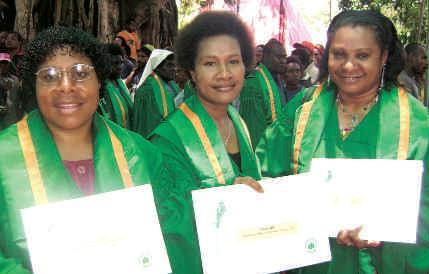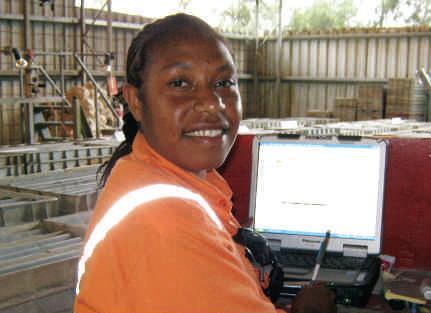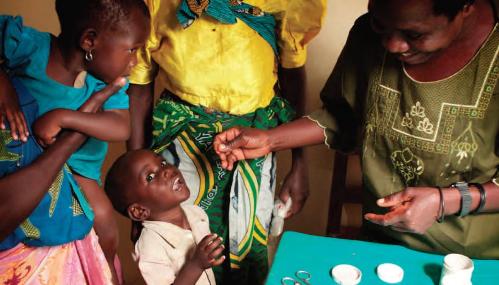 This article is from the April 2009 issue of Beyond Borders: A Barrick Gold Report on Responsible Mining.
This article is from the April 2009 issue of Beyond Borders: A Barrick Gold Report on Responsible Mining.
Known as the people of the three rivers, the Wiradjuri have inhabited modern-day New South Wales, Australia for at least 40,000 years. At the time of European colonization, there were an estimated 3,000 Wiradjuri living in the region, representing the largest cultural footprint in the state. Their country extends from the Great Dividing Range in the east, and is bordered by the Macquarie, Lachlan and Murrumbidgee rivers. The Wiradjuri were a hunter-gatherer society, made up of small clans or family groups whose movements followed seasonal food gathering and ritual patterns. The decline of the Wiradjuri population in New South Wales was accelerated in the 1820s when indigenous people were forced off their traditional lands by an influx of European settlers. Today, major Wiradjuri populations can be found in the New South Wales towns of Condobolin, Peak Hill, Narrandera and Griffith. (With files from Bathurst Regional Council, New South Wales)
Five years ago, the Wiradjuri community of Condobolin decided to take their future into their own hands. In the words of one Elder, it was to be “a new beginning” for the long marginalized, oft en overlooked indigenous community in the heart of New South Wales, Australia.
That hope for a better future and “a new beginning” was enshrined as the motto of the Wiradjuri Condobolin Corporation (WCC), an organization that is transforming the lives of local Wiradjuri people, creating new opportunities for the community that were unthinkable just a few years ago.
The WCC was created through a Native Title Agreement between the Wiradjuri people and Barrick, negotiated during the development of the company’s Cowal gold mine. That agreement included provisions and funding to ensure Wiradjuri share in the benefits of mining, empowering them to break the cycle of despair that had gripped their community for years.


























